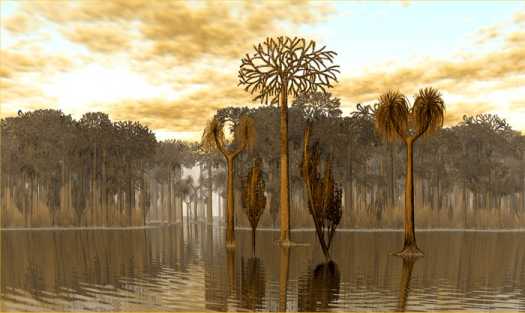Monks got into dirty habits!
One of Blanchland’s white monks. Simon Knott
When the white-robed Canons of Premontre were travelling the length and breadth of England to find locations for their secluded religious communities, it’s easy to see why they chose to settle on the banks of the Derwent in 1143; a beautiful steep-sided valley, sparkling water straight from the hills, and far away from the bustle and noise of busy towns.
The French canons with their white habits gave Blanchland its name, but it was rich Northumbrian landowner Walter de Bolbec who granted the Premonstratensians lands in 1165, firmly establishing Blanchland as an abbey.
Little is known about the life of the monks, but there must have been huge excitement – and not a little fear and foreboding – when they had a royal guest in July 1327; Edward III was playing a bizarre cat-and-mouse game with the Scottish army in the fells, and the king stayed overnight at the abbey to make his confession before battle. Fortunately for Blanchland, it’s not what you know but who you know; the abbot had a cousin on the Scottish side, so both armies shuffled home after a week of hard stares across the valley – otherwise you could have been reading a piece about mass-slaughter at The Battle of Blanchland.
St Mary’s Church in 1912, once part of Blanchland Abbey Supplied by George Ellison
There may not have been a bloodbath, but the armies didn’t bring their own supplies in those days, so the results of having hundreds of men helping themselves to food crops and letting the odd campfire get out of control meant Blanchland must have looked like a battlefield even if there hadn’t actually been a battle. But even back then – certainly for the abbey anyway – it was a case of “where there’s blame there’s a claim”, and Blanchland received compensation from the King.
But the cash-flow problems didn’t end there; between 1348 and 1350, more than a third of England’s four million population were wiped out by The Black Death, and the abbey’s tenants moved off to less difficult, less remote areas to farm, leaving behind them properties which generated no income.
Abbey life was never easy for the canons at Blanchland; because there were so few of them (only eight at one point between 1478 and 1500), they’d have to turn their hand to the completing the paperwork, carrying out running repairs to the abbey buildings, even helping to get the hay in. There wasn’t much time for prayer and solitude. The abbey was inspected every three years – or rather someone was sent into the rugged and remote Derwent Valley to report back to the inspecting bishop at Newcastle or Durham – and the bishop kept telling Blanchland’s abbot to find more canons.
Money is tight too, according to the inspection reports, largely because the abbey is responsible for the upkeep of parish churches. Some of the abbey buildings are completely unusable at the time, and the chapter house appears to have been almost in ruins.
But it’s not all doom and gloom at the abbey; the monks kept a pack of hounds and enjoyed hunting deer, which was against Church rules, and although they shouldn’t have been leaving the abbey without the abbot’s permission, they could often be seen having a chin-wag with the nearby tenants.
The monks also seem to have been letting themselves go a bit at one point; the abbot is ordered to find a washerwoman, a tailor and a barber for the men in an effort to make them more presentable. And once in the reports the monks are told to stop sitting around drinking after night prayers!
Henry VIII began putting the screws on monasteries in 1536 by shutting down all the underperforming abbeys whose income was less than £200 a year. Needless to say, Blanchland faced closure, but the very next year it was up and running again under a new charter, whereby the canons could worship and – perhaps more importantly in such a wild and remote region – offer hospitality in times when monasteries were often the only place a weary traveller might find a bed for the night.
The Blanchland canons continued in this vein for another two or three years, until in 1539 the abbot, the sub-prior, the five canons and the two novices were pensioned off and the abbey was finally dissolved, leaving 400 years of history behind them.
Information from: Blanchland – A Short History by G.R.O. Addleshaw, 1951. A PDF of Addleshaw’s booklet is available below:
Legends lost in mists of time
Two versions of a tale about the canons have been passed down by generations of Blanchland folk. One story recounts how Scottish raiders looking for Blanchland got lost in thick mist on the fells; the sound of bells carrying across the dank moorland located the village, and the Scots duly sacked it. Another version tells of Henry VIII’s commissioner coming to inspect Blanchland Abbey in 1535 before dissolution. The commissioner could not find his way in the mist, the canons rang the abbey bells in celebration; the commissioner thanked them profusely for signalling their whereabouts! One aspect of these stories is true to this day: the fells can still be shrouded in low cloud and mist, and even in a car on the high moorland roads, the journey can still be disconcerting.






